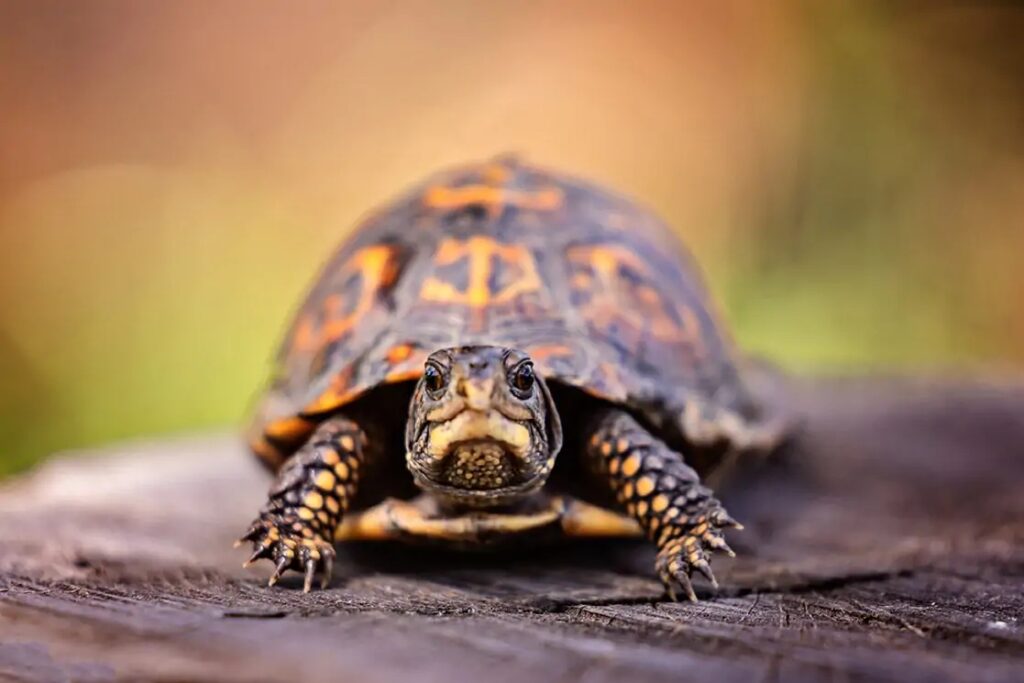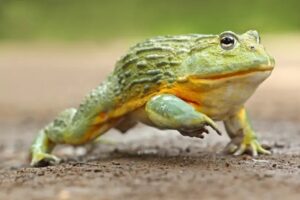Winter Survival of Turtles: Exploring Their Behavior and Hibernation Locations


Winter brings with it an abundance of turtles; these cold-blooded reptiles cannot produce heat themselves so when it gets cold outside they too suffer.
But turtles live for decades. Where do they spend these chilly months?
Most turtle species brumate at some point, although where exactly this happens varies with each species. Most freshwater turtles hide out at the bottom of lakes where temperatures remain more constant during long winter months; other may bury themselves into mud at the bottom until it warms back up again.
As is widely understood, turtles breathe air rather than water; so how do they survive for so many months underwater?
How Turtles Breathe While Brumating
Turtle brumation can be complex. As these aquatic reptiles were meant to breathe fresh air, making brumation for months at a time challenging.
However, turtles have an extraordinary capability known as “cloacal respiration.” In other words, they breathe through their butt. Furthermore, this opening also contains blood vessels rich in gas exchange which make the entire process of passing waste and eggs out possible.
Turtles that have just finished hibernation typically have minimal oxygen requirements due to matching water temperatures and minimal energetic needs, while there should be enough oxygen in their environment to meet those requirements until spring arrives.
However, turtles still occasionally encounter oxygen deficiency issues when their water source doesn’t have enough dissolved oxygen for their needs.
Turtles have the option to switch over to anaerobic respiration, which doesn’t require oxygen at all but can create an accumulation of lactic acid that leads to more sunbathing during spring sunbathing sessions. Although not ideal, this method can still help the turtle meet its oxygen requirements when their needs aren’t being fulfilled.
Some turtles return to the same spot year after year, while others switch. We don’t exactly understand why certain spots attract certain turtles more often.






